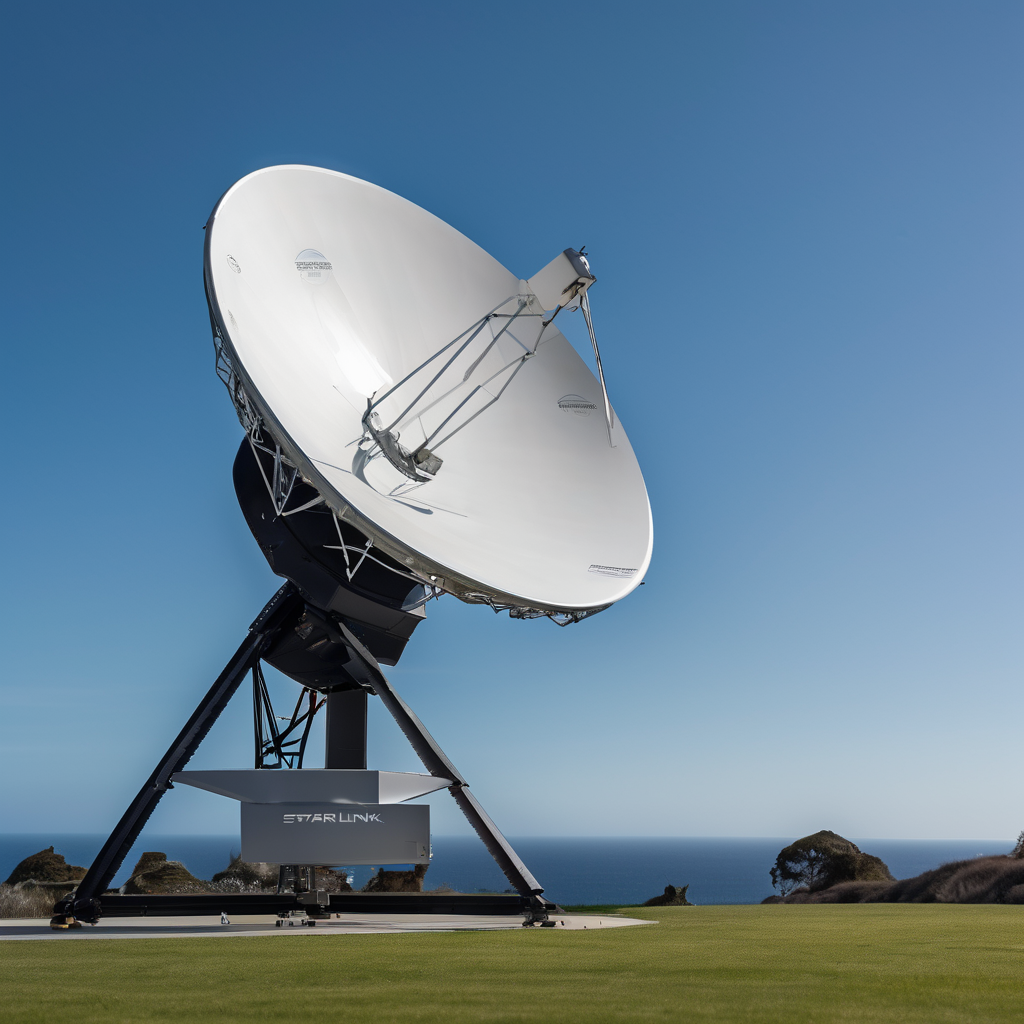SpaceX CEO Elon Musk has recently made headlines by suggesting that the company’s Starlink satellites, primarily known for providing high-speed internet, could evolve into orbiting data centers. This innovative concept leverages the next-generation V3 Starlink satellites, which are designed to deliver gigabit connectivity.
Musk believes that scaling up these V3 satellites, equipped with advanced high-speed laser links, could effectively create a robust network for data processing in space. He tweeted, “Simply scaling up Starlink V3 satellites, which have high-speed laser links, would work. SpaceX will be doing this.” This vision aligns with broader conversations about relocating power-intensive AI data centers into orbit to lessen their environmental impact on Earth.
The potential for this orbital data center solution hinges upon the deployment of the V3 satellites, which require SpaceX’s Starship vehicle for launch—currently in its testing phase. Regulatory filings suggest that each V3 satellite could weigh up to 2,000 kilograms (approximately 4,409 pounds), nearly quadrupling the mass of the existing V2 Mini satellites. There is speculation that Musk’s plans may involve even larger satellites, allowing them to accommodate more computing power. This capability would enable customers to connect remotely to the Starlink satellites and execute AI training workloads, all while enjoying high-speed connectivity.
One of the significant challenges of operating data centers in space is ensuring stable remote connectivity, particularly as these satellites circle the Earth and move in and out of sight. However, SpaceX has made strides with its built-in laser systems on existing Starlink satellites, achieving data transmission rates of up to 200 Gbps. This technology would facilitate the creation of a mesh network in space, alleviating some connectivity concerns.
While the future of SpaceX’s ambitious data center plans remains uncertain amidst its ongoing developments—including the Starship vehicle and plans for human missions to the Moon and Mars—innovation does not stop. In parallel, the emerging startup Starcloud is preparing to test its own satellite, equipped with an Nvidia H100 GPU aimed at AI training. Scheduled to launch on a SpaceX Falcon 9 rocket on November 2, this test could demonstrate the feasibility of connecting to the Starlink network while harnessing solar power as a sustainable energy source for data processing in orbit.
This exciting convergence of satellite technology and AI data processing not only paves the way for advancements in space infrastructure but also signifies a step toward reducing the ecological footprint of data centers on Earth. As nations and companies alike explore these possibilities, the prospect of sustainable, high-efficiency computing in space becomes increasingly realistic.
